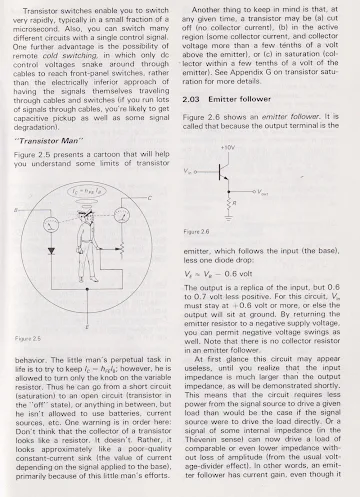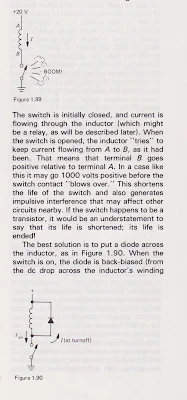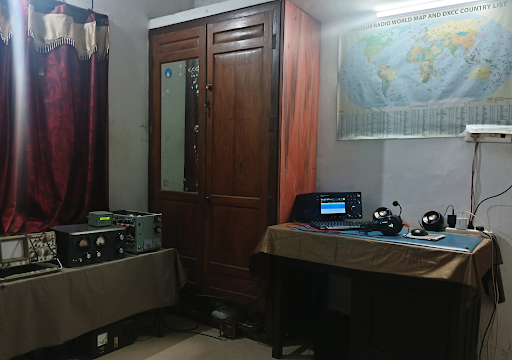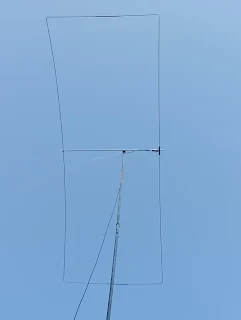While I was away in the Dominican Republic (3-9 August 2023), I was thinking about spurs. While there I watched Nick M0NTV's video about mixers. The video was all great, but I was especially taken by the way he used a spectrum analyser to evaluate the output of various mixers. This made me think that I should do the same thing with the output of each of my dual-band BITX rigs.
I was especially worried about the output from my 17-12 rig. The IF is at 21.4 MHz. The VFO runs around 3.5 MHz. So if you add the IF and the carrier oscillator signal you get to 12 meters. If you subtract them you get to 17 meters. But you need some good bandpass filtering to sufficiently knock down the unwanted output from the mixer. And the BP filter should be sufficiently narrow to take out any remnants of the carrier oscillator signal. I had taken the easy way out and had used simple dual-tuned-circuit (DTC) filters. I started to wonder if these simple BP filters would be enough to knock down the 12 meter signal while on 17 and the 17 meter signal while on 12. I pulled out my NanoVNA to look at the passbands:
Here is what the 17 meter DTC filter passband looked like. The cursor is at 29.6 MHz and you can see that near the 12 meter band it is only providing about 21 db of attenuation. That is not enough.
Then Farhan commented on Martien's filters, noting that they are all in the "LSB" configuration. You can see from the charts below how they would be really good when you are trying to use the "difference" output from your mixer while knocking down the sum output, but not vice versa. So I built new USB filters for 12 meters, and for 10 meters in my nee 15-10 rig. I got better results on the two "sum" bands in my rigs (10 and 12 meters)
















